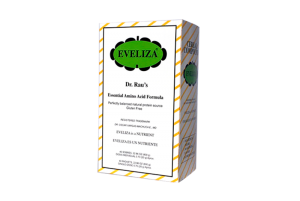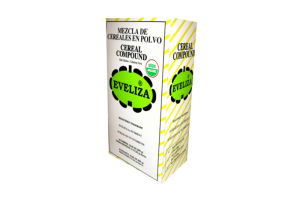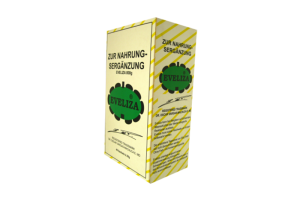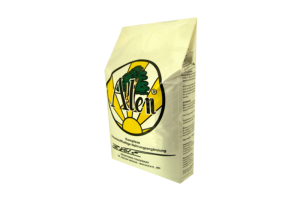27 Sep To eat, or not to eat, red meats . . .
To eat, or not to eat, red meats …

A few days ago, the World Health Organization (WHO), based upon the analysis of its affiliate the International Agency for Research on Cancer (IARC), declared that the consumption of processed meat provokes cancer and that red meats could increase the risk of cancer.
This affirmations is based upon the review of 700 scientific papers, which was carried out by 22 experts in10 different countries, finding that there is enough evidence to include processed meats in the group of “Carcinogens for the human being”, but they also stated that there is not enough evidence to conclude that red meats (e.g. beef, veal, lamb, horse of goat) can cause cancer, and as such, the IARC classified red meats as “Probably Carcinogenic for the human being”. However the director of the IARC, Christopher Wild is careful to admit that red meats have an important nutritional value.
In view of the confusion that these statements have caused in our patients, many of whom have asked if they are doing the right thing by consuming red meat three or more times per week, it is necessary to point out that human beings have been scavenger carnivores since 2 million years ago, and that it is thanks to this this adaptation that we were able to better our brain development and thus dominate all ecological niches.
To be able to maintain our brain active, it is paramount to consume a diet high in quality, meaning that this diet be of easy digestion and with a high yield of nutrients per gram. This is only possible through the consumption of meats, since ingesting only grams of it can fulfill our requirements for proteins, vitamins and minerals. If we were herbivores we would need kilos of plants to equate the amount of nutrients provided by meats. Of course, to be able to do this we developed many systems adapted to the consumption of meats, for example: neoglugenesis, which explains the fabrication of glucose from amino acids, the scarce amounts of vitamins B12 and vitamin A, which are hard to make but can be easily obtained from meats; taurine is an amino acid necessary for cellular nutrition and it is also obtained from meat products, the same goes for polyunsaturated fatty acids, and finally we have iron, for this mineral there are many highly specific receptors in our intestine which allow for its absorption only from our daily diets.
Many animal products can provide us with amino acids, vitamins and minerals, but only red meats can provide the amount of iron required for cellular repair and development. The bioavailability of iron found in red meats is higher due to its smaller molecular size, making it easily digested and assimilated by our intestines. However, it is true that vegetables and certain grains have a much higher iron content in proportion to meats, but their bioavailability is smaller since their molecular size is larger and more complex, which renders them unrecognizable by the receptors in our intestines. On the other hand, and this is a very interesting point, cellular division requires an adequate supply of iron, so that this process is carried out to perfection. When the supply of iron in a person is optimal, cell division and repair are done quite right, but when the supply is low, then, cells may repair partially and this could lead to the development of cancer.
Among the recommendations to avoid tumor growth is that of avoiding meat consumption, in view that iron is necessary for cell division, a cancerous cell will be more avid for iron and will assimilate it more readily making the tumor grow larger. However, when the patient is asked to avoid red meats, this simultaneously causes a detriment to their defense systems that require iron for proper functioning, and this allows for further tumor growth. Adequate iron supply from animal sources is necessary not only to prevent tumor development and growth but also to keep optimal brain and corporal development in all individuals.
As we can see, to opt for a diet free of red meats can bring about a complicated nutritional deficit that will cause many important health problems. On the other hand, with regards to processed meats, it has been known from many years that nitrosamine compounds obtained from artificial nitrites and nitrates present in preservatives, can cause cancer.
These nitrosamines are formed when nitrites and amines react with one another in an acidic medium, and at high temperatures. This means that when preservatives in processed food, which contain nitrites, come into contact with the protein of the meat, they will react with stomach acid, and this will produce a chemical reaction that gives rise to free radicals and water.
A large variety of cancers have been seen in animals exposed to nitrosamines in their diets, but in humans, only gastric cancer has been linked to this compound, up until now.
Knowing the dangers attributed to nitrosamines, it is also important to point out that any danger to our health is linked to the amount of nitrosamines that are consumed in our diets, in view of this, detractors of the WHO recommendations have reiterated that in countries where processed meat consumption is high (e.g. 8 oz. per day) there is no higher incidence of cancer than in the entire population.
In conclusion, it is very important to maintain a minimum consumption of 4 oz. of red meat at least three times per week, to help maintain adequate and optimal cellular division, but processed meats, since they contain artificial nitrous products, they better be consumed in moderation.





No Comments